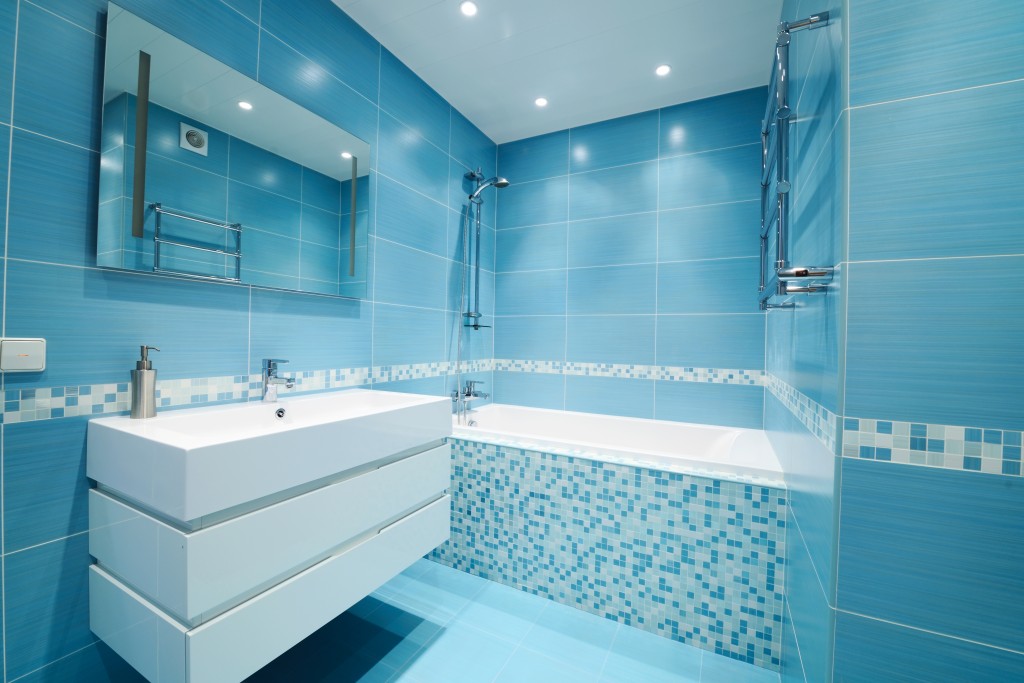Some people buy a bathtub despite knowing that they’ll never use it. It makes you wonder; what they did buy the tub bathtub for? What made them spend so much money on a useless bathroom fixture?
Besides the fact that they can plainly afford it anyway, a bathtub also increases a home’s value. Real estate experts recommend it to their clients, so much so that they’d shrink a master’s bedroom to be able to make room for a bathtub. And it’s for two reasons: Bathtubs are great for families with young kids because children prefer to bathe in it, and secondly, they allow adults to bask in a glorious self-care session.
That’s four reasons to buy a bathtub all in all. But before making an order, note these crucial pointers first because you might find yourself calling an emergency plumber first thing after installing your bathtub.
Tub Styles and Shapes
The first step to choosing a bathtub is determining which style and shape fit your space and preference. Carry a tape measure with you in stores, or jot down the measurements of your bathroom’s designated tub space if you’re buying online.
Your options for bathtub styles are shapes are:
-
Freestanding
These tubs are hot in the market right now, as they’re easier to install and more appealing. They are available in different shapes, the angled one being particularly popular because you can rest your neck comfortably against the upward slope. Moreover, freestanding tubs are compatible with most bathroom accessories.
-
Alcove
If you have a small bathroom, an alcove bathtub is designed exactly for that. It’s intended to fit a small alcove in a bathroom perfectly and is usually built as a shower/tub combo.
-
Drop-in
Drop-ins have a surround on which you can lay down accessories or toiletries. It also allows for powered jets so that the bathtub can double as a spa. However, it isn’t very trendy anymore, and the surround takes up too much space.
-
Soaking
Like a freestanding tub, the soaking style is also easy to install and aesthetically pleasing. But it comes with additional benefits, such as having a deeper depth to allow longer soaks. And because it’s primary intent is relaxation, it holds water better than other tubs.
-
Clawfoot
Clawfoot tubs are a classic, and they’re now modernized to fit today’s new homes. It also comes with a hand shower, so it’s much easier to clean and maintain than other tubs.
Material and Prices

There are at least seven types of bathtub materials, with varying prices and pros and cons. In this article, we’ll only discuss the top 3, which are the cheapest but highly popular ones.
-
Plastic
Plastic is the best option if you’re a renter with a tight budget. It’s quite prone to scratches, though, so avoid cleaning it with abrasive materials. But for a price of $180 — $260, it’s already a decent buy.
-
Acrylic
Acrylic is one of the most popular and affordable tub materials. It’s easy to clean and maintain, and there are high-end versions available for thousands of bucks if that’s what you prefer. But the budget-friendly ones, which cost around $290 to $500, already has a good quality, albeit also prone to scratching, so again, avoid using abrasive cleaners on it.
-
Fiberglass
If you’re getting a freestanding tub, consider fiberglass so that you won’t have to break the bank. But you have to be extra careful in maintaining it because it may show spider cracks, faded colors, and stains when used roughly. Also, it’s susceptible to molds and mildew, so always let it dry completely. That may be a lot of upkeep for a price of $500 or up, so only choose fiberglass if you’re diligent in cleaning your bathroom.
Bathroom Designing Tips
A bathtub may increase your home’s value, but probably not by much if it’s installed the wrong way or placed in the wrong area in your bathroom.
First and foremost, prioritize safety. Don’t raise your bathtub too high because it may spring a slip and fall hazard each time a user gets out of the bath. If you’re remodeling your whole bathroom, choose a safe height for your toilet as well, meaning one that’s not too low, as it might not be senior-friendly.
Bathtubs also look much better when the bathroom is brightly lit. If you don’t have a big window to install your bathtub by, have a large mirror across from the tub or anywhere it would catch the sunlight. Don’t choose short mirrors, because that’s one of the top pet peeves of home-buyers.
If you build a shower/tub combo, a shower curtain that’s too long or too short may distract from the bathroom’s overall design. Interior designers recommend installing the rod high up to create more depth in the space and because longer curtains look more elegant.
Most importantly, avoid shiny floors because they’re a slipping hazard. Opt for rough or matte finishes, instead, and place a non-slip mat by your bathtub. Your investment will only be worth it if you have not just a beautiful and luxurious bathroom but also a completely safe one.

